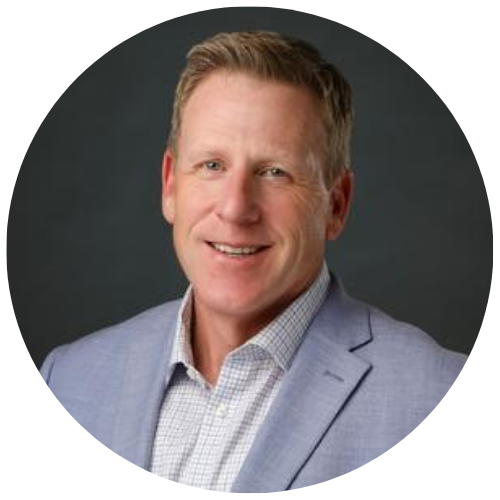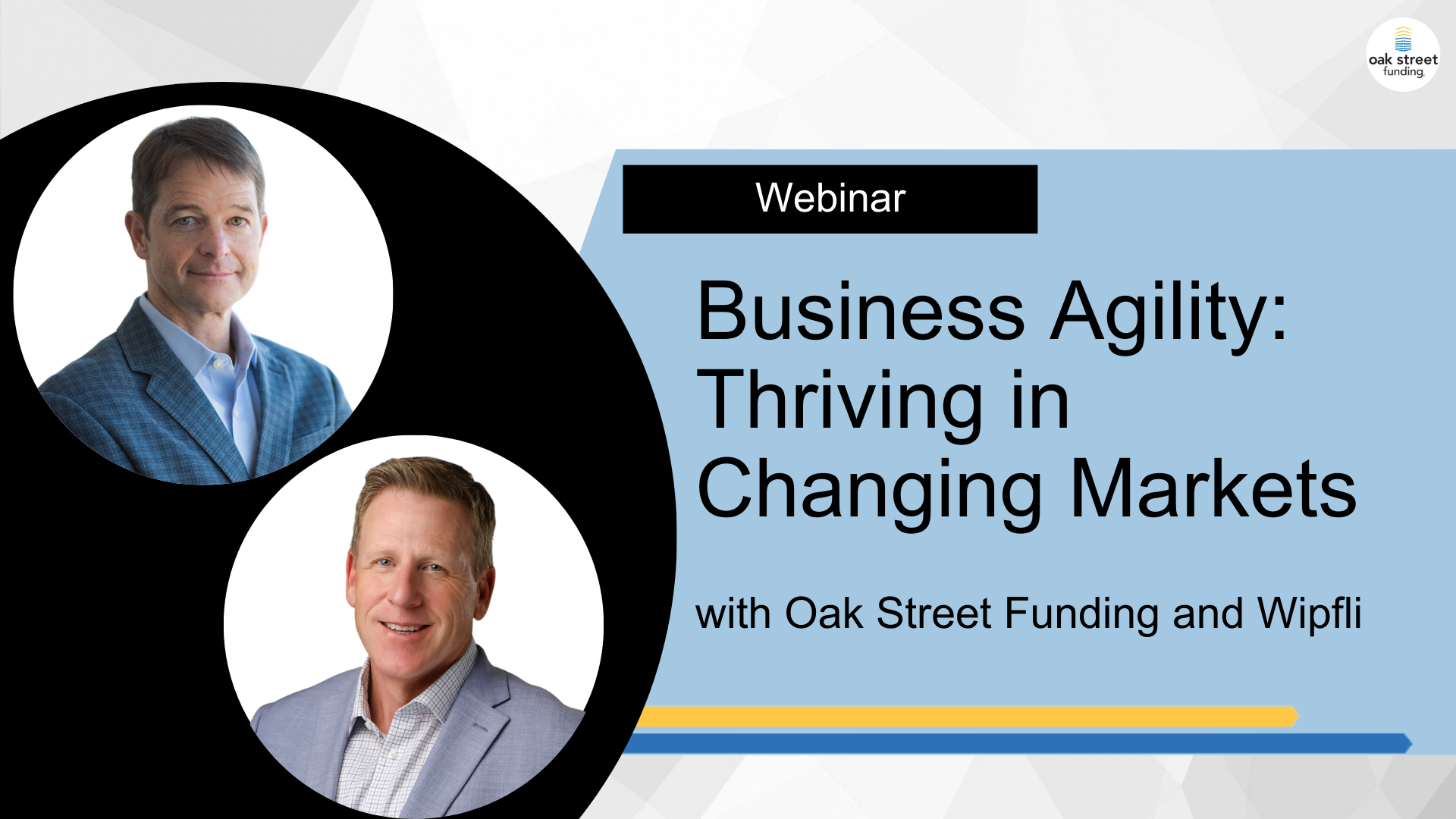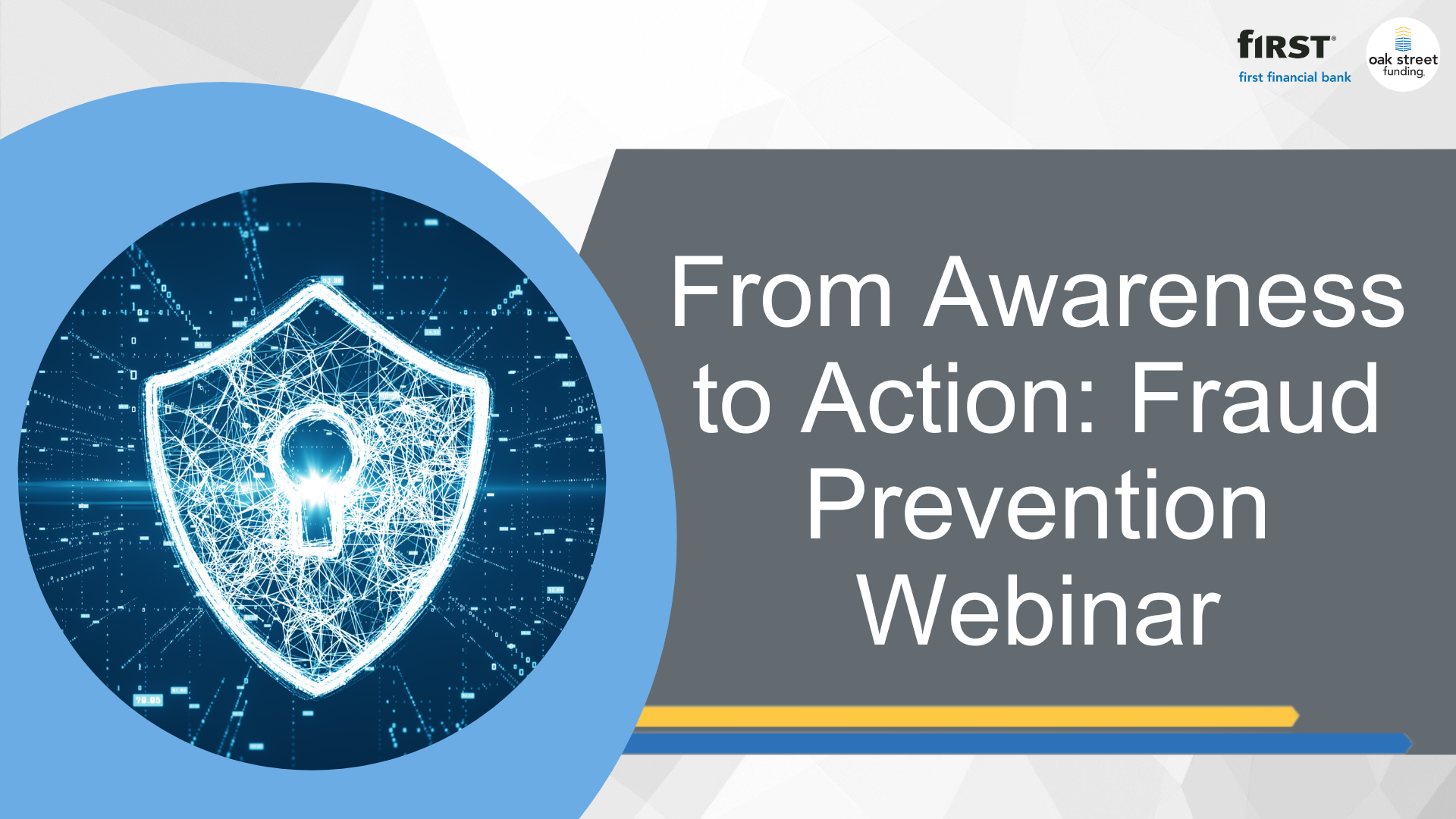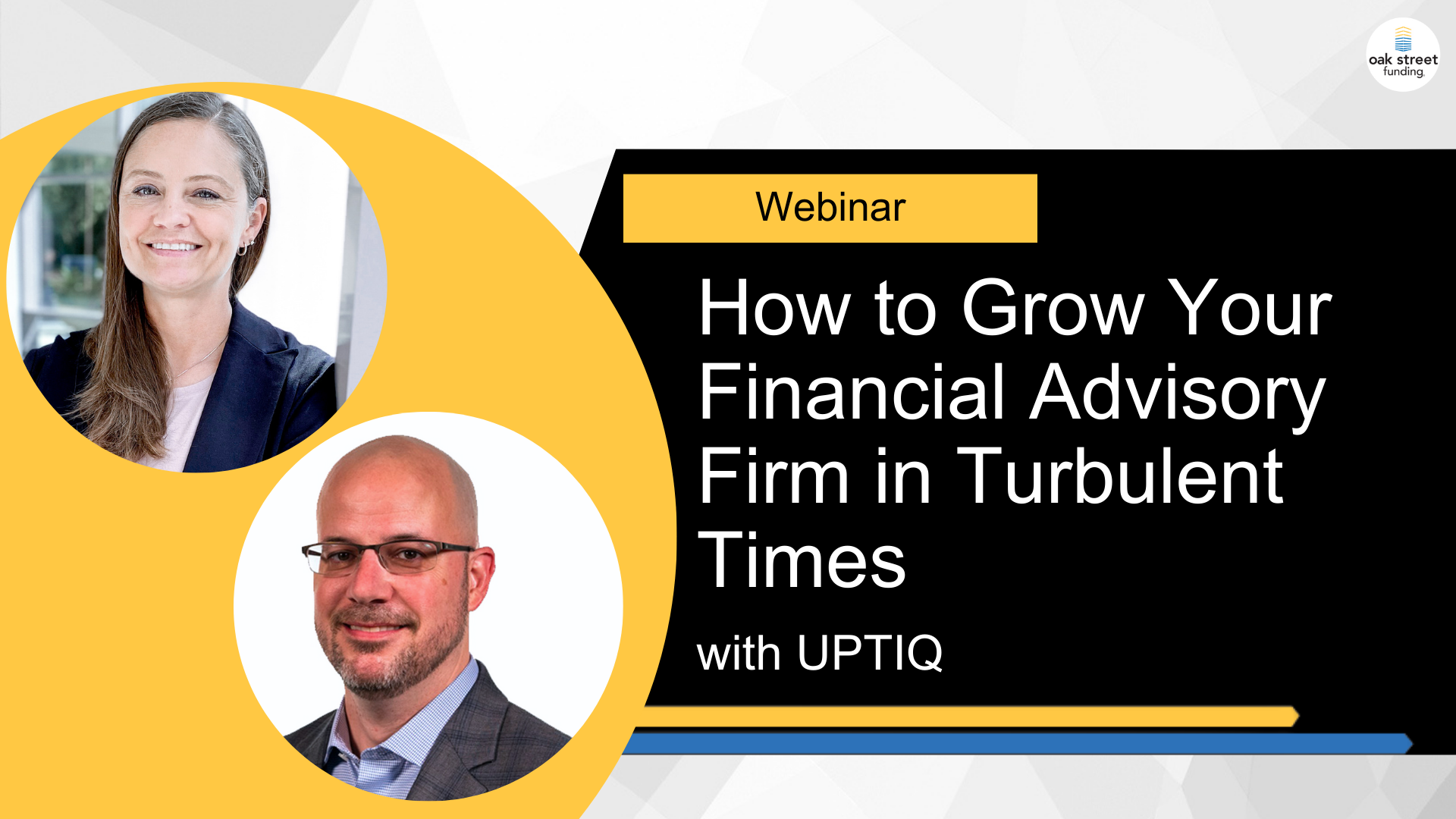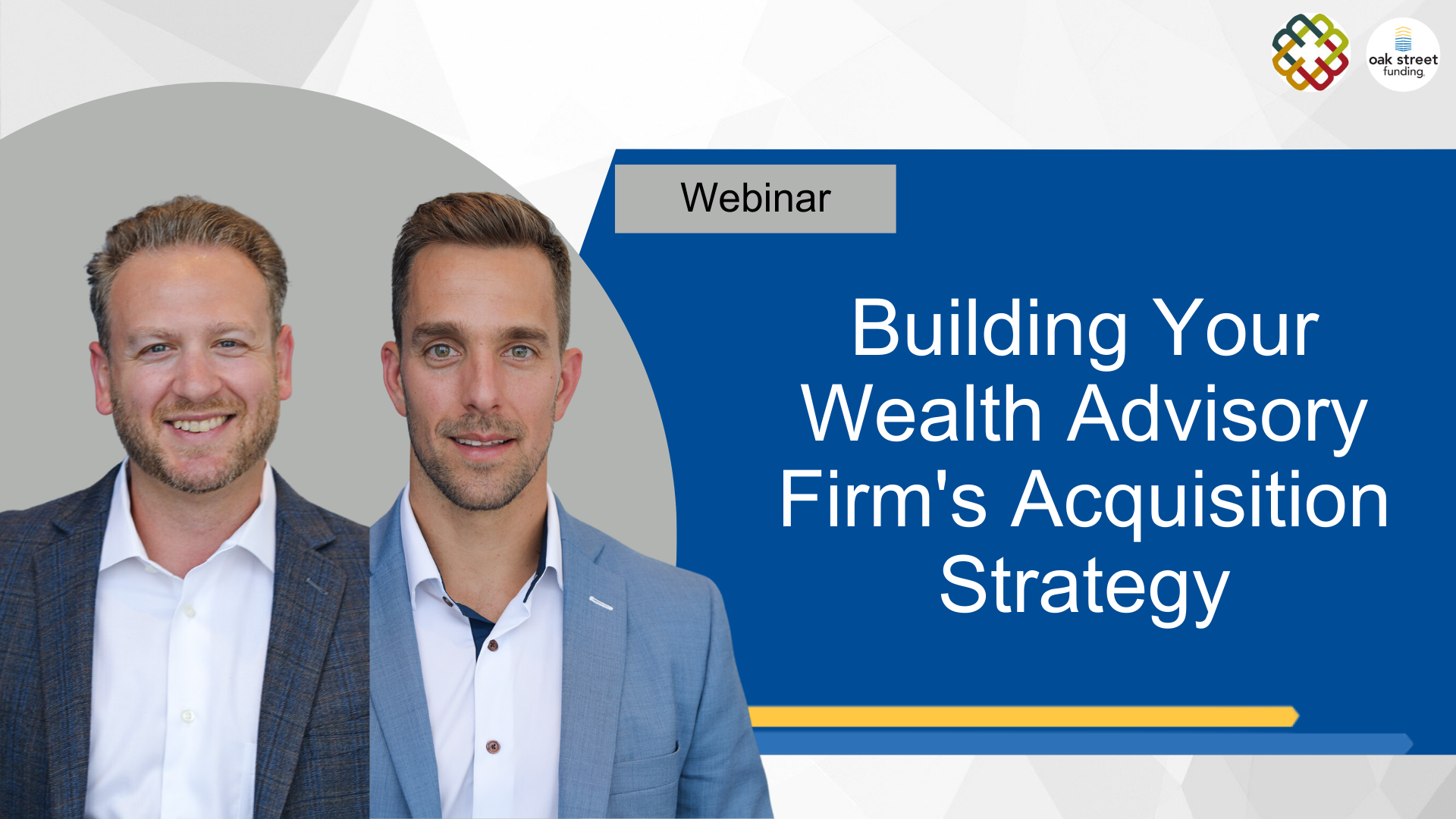Keys to Creating a Future Ready High Performing Organization
- 0.5
- 1
- 1.25
- 1.5
- 1.75
- 2
Kirsten Petras: Hello everyone. And thank you for joining us today for our OnPoint Webinar Series. We will be discussing ways to create a future- ready high performing organization. I'm Kirsten Petras with Oak Street Funding. And today we welcome two guests from Wipfli, a top 20 consulting firm. First, Paul Lally, principal and national head of Wipfli's Wealth and Asset Management Industry Group and Paul Leroue, the CMO and principal at Wipfli. They are leaders in working with companies to transform them into high performing organizations and in doing so, create an engaging group and increase market value of that business. We're pleased to also get the perspective of Rick Dennen, our Chief Corporate Banking Officer and CEO of Oak Street. Not only as a business owner, but also from the seat of someone who has seen thousands of business enterprise organizational systems and operating systems, some of which have grown to make those companies be sought after employers, partners and sources of best business practices. And before we get started, I do want to give you an opportunity Paul Leroue, to tell everybody about yourself being the CMO at Wipfli.
Paul Leroue: Wipfli is an advisory and an accounting firm, that has offices all across the country. It's a unique job being a marketer in this particular industry. We work with the middle market a lot, really building high performance organizations, right? And we work on both the strategy and advisory side and on the compliance side, both of those equally as part of our business model, got key people safe on the compliance and the financial risk side. And you got to challenge them and build high performing organizations on the organization side. So that's kind of what we do at Wipfli. But we were founded in Wisconsin and we've over 90 plus years have transformed a couple different ways just to meet the growing needs of businesses and organizations. We work with about 80,000 clients, small businesses and medium sized businesses across the country.
Kirsten Petras: Well, thanks for sharing that. Paul Lally, you've been in the wealth management space for most of your career. Tell us...
Paul Lally: I'm not saying how long though.
Kirsten Petras: Tell us a little bit about what you're doing here with us today and at Wipfli.
Paul Lally: Sure. So my role at Wipfli, I've been doing this, I'll just say for decades now. But I had the great opportunity to join Wipfli four years ago. And as a firm, we go to market by industry. So construction, manufacturing, distribution retail, one of the largest group is our financial service industry. And as a firm, we saw volume. I think everybody in this room would agree that financial services firms are getting bigger. And they're moving now from a lifestyle to trying or figuring out how do I run a business and then how do I take a business and create a high performing business out of that. So, we made a decision about a year and a half ago to create an industry exclusively focused on the wealth and asset management sector. So my team is about 200 professionals, covering the gamut of advisory and service and solutions that Paul mentioned. And our goal every day we wake up is how do you grow, transform and then what most business owners want to do is perpetuate one of their product achievements into the future being their business and how do I do that.
Kirsten Petras: Yeah, absolutely. It's great, they do. Everybody that we serve in insurance space, wealth management, even the CPA firms, I mean, they do need some guidance in this, so it's great that there are resources like your teams to provide that. I would be remiss if we just didn't take a moment before we got into the questions that were submitted. Rick, I want to just ask you a question. Today Russia invaded Ukraine. The stock market was down, it's up, it's down, volatile, right? To say the least. Crude oil, gas prices are going up. And just two words, if you could sum it up in two words is just global disruption. Before we get into the questions today about how people can do some things to better their businesses, any perspective on what business owners should do to mitigate this disruption as it might affect them?
Rick Dennen: Probably what comes to mind for me is one of the hottest topics right now is inflation. You know, that recently just get supported I think, either this morning or yesterday at the 7% rate. And when you think about that, energy was 2% of that, core products were 2%, core services 2%, and food was 1%. So, immediately you think about energy and crude prices, which went up and over 100 bucks a barrel today, first time since 2014. So, I know it's back down now where that settles in, but energy prices, energy inflation is going to continue to go up, but also your commodity type product. So you think about 7% being too high. And then the Feds impacting that by interest rate offsets to kind of slow things to down, well, that's going to be accelerated. So, right now there's seven interest rate changes being built into 2022. You know, the meetings and what's expected in the market, I think, is 6.5 changes. So that's roughly about 1.75 to 2% of rate changes for the year, which could be impactful for a lot of businesses and how that might impact it. But things are settling down, a lot different than what they were at the beginning of the day. And I suspect that will continue, but some of the inflation's going to accelerate even more now.
Kirsten Petras: Well, and as we said the last time you and I were together, preparing for these rate changes, keeping your eye focused on the long-term return for your business investments right, it's a balance and a blend. It could sound pretty scary today. But if you sit back for a moment and really try to think, is this enough to stop the direction of my company, I'm going to go with it's possibly not a no for the businesses we work with quite a bit, but things...
Rick Dennen: Well, if you think about interest rates, even if they go up 2%, they're at an all time low today. So even if they go up 2% and that's your cost of funds, if you compare that to your cost of equity, which is 25 to 40% in a lot of different cases, it's not going to alter your strategy in my opinion. Some of the commodities type businesses may be impacted more with their costs, with 30% increases versus a one to 2% increase in interest rate. So I think to your point, I agree with you.
Paul Lally: But that I want to add on to, I think for most business owners now, because we're just coming out of a disruptive event. I mean, we're coming out of COVID and now what happens today is, its incumbent upon the business owners now to really plan. We talk about strategy, strategic planning, or the conversation today being future proofing your business. Having no plan is a plan. The plan is you have no plan, so something's going to happen. So voluntary, involuntarily, and the plans you that you need to create is less aspirational and more action oriented. And because it's great to say our firm's going to keep growing and will keep doing these things. We'll keep getting better. But you have to address the 'what ifs'. And right now, I think contingency planning for a lot of businesses around the, 'what if this happens now'. Sometimes they think they're wasting our time. Well, I'm never going to use this plan. But the need to change, the need to react so quickly now, how things change. I mean things change so quickly. You can't just do that ad hoc. You got to have tha t'what if', no one can predict today, but to have these 'what if' scenarios planned out so you can react quicker. Because most of the firms, we talk to their professional services, they know they work with people. So they're going to be able to address it themselves and then help address it with their clients as well.
Kirsten Petras: Great point, action oriented is critical, right? We all thought we had plans. Those plans made sense until the plan had to contend with a pandemic that put us all in our homes for almost a year for some people. Paul Leroue and until we sort through the pause,
Kirsten Petras: Just let's get started there with some conversations about how to take those actionable steps, right? So what makes a high performing organization?
Paul Leroue: So Paul and I have been working on this together for several years now. And so, we'll probably both say it differently, but we've identified kind of seven themes that we think fall through, what creates a high performing organization. And most of this was born out of talking to our clients who said, it's more of a holistic viewpoint the one or two things, right? That holistically, all these seven or eight things when they work together, get you to the place. So, I'll give you a few of them and then I'm sure Paul will give you. Building a powerful vision and plan. We have people who have that we work with, who don't have a vision or they have a vision and no plan, or they have a plan and no vision. So I would say that's an important element. Thinking and being a transformational leader, which is very different. There's a very different leadership style that works today than worked 10 or 15 years ago. And so we spent a lot of times talking to leaders about how to have a transformative leadership style and how to integrate that and develop leaders at every level of the organization. That's really super important. We've spent a lot of times talking about brand. How do you differentiate your brand? How do you make it different in the marketplace? What are your uniques? What are your differentiators? Are you talking about that in a way that the market response? And so those are just three or four of them that we've been working on and I'll let Paul touch on a couple of them. And this whole philosophy that we've been talking about over time is what we call how to keep your business in prime, right? So if you think about an athlete, when they're in prime, they're at their peak, think about your business being in prime. What does it look like to be in prime? Not just to be in it, but to maintain it and stay in it, right? Because you can go out of prime really quick. If you're an athlete, you might have two prime years. Well, if you run a business, you don't want to have two prime years. You want to have 10 prime years. And so we spend a lot of time kind of talking about business prime. So I'll let you Paul, because you probably want to add.
Paul Lally: Yeah. So prime, where you have the components of prime, but you know what, when we think about what is a prime organization? What is a firm and it's prime? Well, that firm or organization, it's at its most viable, stable, sustainable, profitable, which for business owners, it gives them choices. It makes its most transferable at its most highest value, it opens up further growth opportunities and just to touch on the other two...
Rick Dennen: We refer to that here as we were growing is institutionalizing the...
Paul Lally: Well, I was just going to say the first decision firms have to make is, and these there's not a right or wrong answer, it's a personal decision. But a lot of times firms will confuse it. Am I building just a really good lifestyle for the owners of the firm which generates great income for ourselves and we have a good time doing what we're doing or am I actually trying to build a firm? Because at the end of the day, every business is going to transition. You know, had transitioning a lifestyle is a little harder than transitioning a business, but just to touch on some of those other components is, you have to have invested stakeholders and you have to have not just a leadership team believing in this future or this vision, your staff has to believe in it. They have to be aligned. Your vendors, your accounting firm, your bank, your law firm, your customers, clients, they got to want to see you succeed in doing that. And then we're talking around then financial confidence. You know, it's amazing we predict things, we want to predict, we want to look out. But when you talk to, we talk to a lot of business owners, they see how their business is doing today. And they're saying, "Okay, this is what my business is worth today. Or this is what I." The real question is, are you financially confident in that business as it goes forward? And how you led off the conversation Rick is, in financial services there's a large segment of the financial service market that is correlated to the performance of the market. So as you institutionalize, how are you buffering against the correlation of the market? You can't do it a hundred percent for a lot of firms, but you can think about, well, it's going to be doing the buffer and keep my firm viable doing that.
Kirsten Petras: One of the questions that came in though, and I think this makes sense. Do I need a mission statement and let's add vision statement for my insurance agency? And I'm going to make an assumption that this is someone that probably as three or four employees, not a hundred, not 2000. Is there a benefit for a business that size to have a vision?
Rick Dennen: Is it a lifestyle business, or is it an institutionalized business? And I would say for a lifestyle business, do you have to have one maybe, maybe not. For an institutional, if you're trying to go and I always think of strategy as like, what are your short term goals and what are your long term goals and your strategy as how do you get from A to B? So, if you have that institutionalized approach to what you want to accomplish in your business, absolutely. I think you need the mission, vision values, as we talk about, and those can evolve over time as your business evolves. But it's good to have, I think, a mental mindset to align bankers, lawyers, everybody employees. So.
Paul Leroue: If you do it at four people, when you get to 400 people, you will have mastered the discipline, right? So, it doesn't really matter what size you are. It's starting that discipline really early on, plan ahead, look ahead, think about a future state, be able to call audibles. Like we all called audibles in our business in the last two years, but some people called audibles this morning. Your ability to be agile and build that kind of model is easier if you have a plan. If you're starting from scorched earth every day, and you're trying to be agile, and you're trying to call an audible, that's called chaos, right? That's where you don't want.
Paul Lally: And I also think too. My father was a very successful construction for many years. And when I started my firm years ago, I asked him, I said, "Dad, What's the key? You know, when you know your business owner when," he goes, "Your first hire, you're now a business owner because somebody else's livelihood is dependent upon you." So, it's critical. And as Paul said, well, you have two people, Rick, three, four, you get the four, you have to know where you're headed because there's other people relying on you that they're confident in where you're headed with the business.
Rick Dennen: Yeah. You know, I'm going to say you, before you go on too, another comment was when you talk about these pillars of success. You guys have, what's your acronym that you guys used for?
Paul Lally: Prime?
Rick Dennen: Yeah, prime. But I would say, as we have transitioned from a piece of paper to going through three different financial ownerships to a strategic, I would say the most difficult part of that prime was keeping your employees focused as if they're owners, right? So how do you do that? As you continue to add, and you go through three or four different ownership changes, it's like that, I'll call it engagement of your employees. You've got to maintain it.
Paul Lally: Over time, people just become naturally misaligned in the various components. And to be able to transition or maximize value or keep finaly retract and retain good people nowadays is a conversation we all have, it is, sometimes it's like a marriage, you got to step back and go, are we really still aligned in our core? You know, or where are we misaligned? But knowing where that misalignment is to get realigned.
Kirsten Petras: Well, and that's such a perfect transition because you basically answered this next question, but someone submitted it. So I want to give it its due. It did say, with the changes in motivation factors amongst employees, the drive of employees in general and younger ones, how do I keep them aligned?
Paul Leroue: We're dealing with a four generation workforce for the first time in our history. First time in our history, we've had four generations working together. That causes problems just by nature, right? You know, your leading people that are the same age as your kids. And so that's very, very different for us as leaders and of organizations to have to do. So, we talk about having a powerful vision and having invested stakeholders, it's giving your team a part to play in your success and rewarding them for that part, right? And I think we forgot about that along the way, that some of our business success has been because of our individual success for sure. But we forgot that a lot of people that got us there are the people that we need to involve more in our future, right? Bring us more together. So we really push that invested stake. That's why we call invested stakeholders. These are all the people in my organization, outside my organization to help me make my business successful.
Paul Lally: Yeah. And you think about that too is a lot of our, the four generations, the boomers, the actors, the Ys, the Z's, keep going on and on now. We all communicate differently. And it used to be probably as a leader, I'll tell you just enough you need to know to do your job. But now you look at it and you say you know that, and there's a mistake, mistake in the next generation isn't as productive, they're not as engaged, is they just work differently now. And I think as business owners, we need to be able to communicate and be more transparent in our communication. You know like, "I won't tell you everything I'm thinking, I'm not going to lie to you, but I'm not, but I will communicate better." And I think that's key with these driving generations.
Paul Leroue: Yeah, this is a generation that has defined work-life balance. And I know that's hard for us sometimes as a major priority in our life, right? And I came from the boomer generation. I can tell you, we didn't have work- life balance, right? It was work. And it is your...
Rick Dennen: Balance right.
Paul Leroue: Balance was gone. So I honor that as a real opportunity for us to get more people involved and understand that's just going to be part of the game going forward, right. We have to think about different things like gig workforces, flexible time off, allowing people to work less than 40 hours, if that works for them. Like what's their 100% week, we can figure that out as business leaders, we just didn't have to, until now.
Kirsten Petras: That's a cultural mind shift to engage the next generation because they are approaching everything differently. It doesn't mean it's any less valuable. It's just different.
Rick Dennen: Well, and I don't just think it's the twenties and thirties that are, I mean the forties and fifties are now thinking differently. But you know, we've talked here and we stand up in meetings and say that work is not the most important thing, that your family is. And there may be other things, religion or whatever else may be more important as well. And so now, it's like put your money where your mouth is. And you've said that, but we've got to figure out work-life balance because you still have the same requirements and expectations at work. But yet you know you can get a good quality of life while working at home and still be productive. But there's a trust issue there too.
Paul Leroue: Yeah. Lead to outcomes don't lead to hours, right? I think, hours were our benchmark, especially in the CPA world, I know hours are benchmark, right? But at the end of the day, what do we really want? We want our clients to be raving fans of our work and that's outcome-based thinking. And I think the more that we do based- thinking we get out of this mode of that every hour is important, right. What I really care about at the end of the day is my clients come back next year and the year after, and the year after, year after. And that I'm counting the higher percentage of tenured clients I have every year. That's what I want to, that's a proven track record of success.
Kirsten Petras: So I think this trust and the output, there's a lot of people who are very, very good at being independent, working remote at the dining room table or their home office or what it is. But when you are doing that as an organization, keeping people aligned with the mission, vision, values of the company, what are some methods of communication or what's some of the ways to get to a prime level of doing that too?
Paul Lally: I think, well, some of the things we've had it through this as our firm. I mean, when COVID hit we had to move, mobilized 3000 people in seven days to go fully remote. It's when COVID first started, every conversation was a management meeting, with a management conversation. Whereas revenue, what are you doing, what client you're working on and then you step back and that becomes just frustration. So what we found, we now have weekly standup meetings, where it's just a half hour people get on the phone, just talk about the business, just talk about, "Hey, what are you seeing this week? What's the gossip and rumors you're hearing?" It's it brings everybody together. And in my group, I passed a rule, no more off video. If you're on the call, you're on video because I said, if I'm sitting in a conference room, be like putting a blue dot in front of your face. We want to see you, we want to engage. We're doing scrum calls, which are just on clients, just 15 minutes, zap in say, "Hey, what's going on?" We don't need to get into detail, just catch us up. We're getting out a little bit more, we are encouraging happy hours again and getting, because...
Rick Dennen: You always have though, Paul.
Paul Lally: Well, I leave the happy hours. I that's why encourage him but we've had, we have associates who have started with us who have never met their other associates.
Paul Leroue: Yeah.
Paul Lally: So it's really bringing everybody together once a week, not just to talk about business, but talk about work on the business, not just about working in the business.
Paul Leroue: We do check-in calls where we call someone to just for, "Hey, five minutes, what's going on? How are you doing?" Nothing about work, right? What's going on in your life? Anything we can help you with, anything you need? You know to your point, there's an intentionality that you have to take now, right? We're all fatigued from zoom and team. So I'm a little afraid, if you look at the numbers, the research is showing that people are not as engaged and not as connected and therefore feel not as connected to the culture. So we have to come up with some new methods for that, right? There has to be some intentionality to correct that because the early research coming out of COVID is a little stark around that.
Rick Dennen: How do you establish those and still connect when the latest data number's 3% of people right now, want to be back full time which is five days a week? 3%, which is a pretty small number. So, it's going to evolve I think over the next year or two. I don't think anybody could write a book today and say, this is how it's going to work best.
Paul Lally: But you have to be agile. You have to be so agile now. And I think each organization is different. You know, we have our way of doing it, you folks have your way. There's no best practices of doing it. Everybody's figuring, its what's working for you and keep testing. But don't grasp onto it and say, "we won't change the word." You got to be agile right now.
Rick Dennen: Upper, as well as the staff have to be agile, as people are trying to figure this out. Yeah, it's got to go both ways.
Paul Leroue: I would say relentlessly communicate. I do something called a Friday Flash Report. Every Friday, I send out a flash report to the entire staff and say, here's what went on during the week. Because part of it is, we're not together, so we're not aligned. Right, it doesn't feel like we're one community. So you have to emphasize these points of building community and alignment again. And we just have to lean into it, right. I think to your point, there'll be different strategies for different people, but don't, do not do it, right?
Kirsten Petras: So to your point of the Friday debrief, maybe that's a good first tip for this next question. It said, we tried a performance system, operational system before COVID threw it off the window, makes sense. How can I get them back on track?
Paul Leroue: So, we use a 90 day pulse period evaluation of goals. We just give people 90 days in the next 90 days, what are three to five things you can do as an individual for the business. And we focus on sort of the micro part of it versus the macro part of it. I think some performance systems are based on once a year, right? Once a year you have performance review. I think if you're measuring 90 day outputs, 90 day pulse periods, it's closer and people feel like they're a part of it. And you can be very goal oriented.
Paul Lally: We have assigned, we have two coaches. Everybody as a coach know the matter what level, right? You have a coach, you have a performance coach that is there for you, 24/ 7 on call. And you have a growth coach, which are serve two different functions. It can't be the same person, but it gives you that person to call and say, "I need to bounce this off to you. This isn't working for me. How do I make this work?" So that we found those effective. I also think to performance measuring, use technology, I mean, what I found with most technology is we're quick to adapt it, but we're very slow to utilize it. So we're utilizing CRM for example, we live on our CRMs. I mean, that's how we communicate, that's how we do our, but you have to use more than just as a, "I'm going to date myself here, just as a Rolodex." You know how because it's the data that's in it, not just because you're entering names, what data can you read and clean.
Rick Dennen: That data should be getting better and quicker to you. So exactly, we do the same thing as you know, with quarterly updates and annual reviews. But the dashboards that we're using for the metrics, we really spend a lot of time this year on trying to modify them so that they're more predictive of the future than they are a historical performance type.
Paul Lally: Yeah Rick, you made a good point. No matter what you're using the value in the dashboards, build dashboards and don't pick a hundred key performance indicators. Pick the top six to 10 key performance indicators, you want to walk in everyday on your business, open up your laptop or your...
Rick Dennen: You know what's going on.
Paul Lally: And see it right there.
Kirsten Petras: Well, I knew 30 minutes was not going to be enough for...
Paul Lally: Yeah, we need more time.
Kirsten Petras: We have several questions that have gone unanswered. We will work on getting those answers out to you in a number of ways. But I do want to thank everyone who joined online. Thank you to the three of you.
Paul Lally: Thanks for having us.
Rick Dennen: Thank you, Wipfli.
DESCRIPTION
Do you have the tools to future-proof your business and grow a high performing organization? Paul Lally, Principal at Wipfli, and Paul Leroue, CMO and Principal at Wipfli joined Rick Dennen, CEO of Oak Street Funding and First Franchise Capital, live on February 24th for a conversation fueled by your questions. They helped provide a roadmap to identify your priorities for the remainder of the year and going forward.
Today's Guests
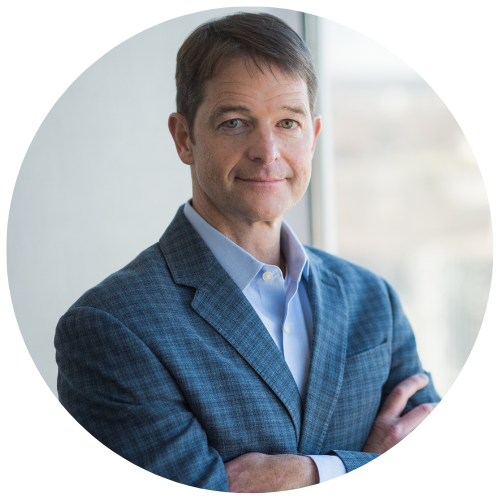
Rick Dennen
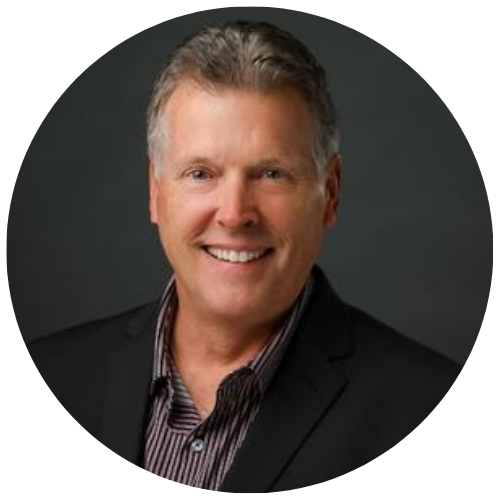
Paul Leroue
